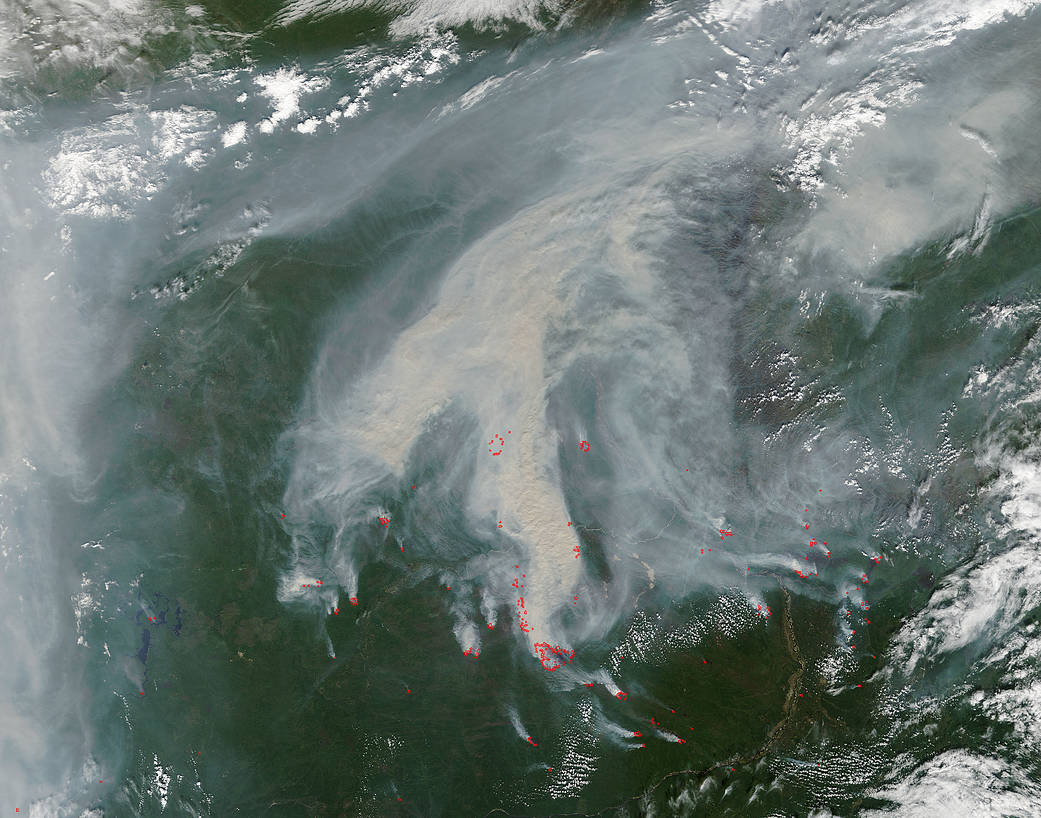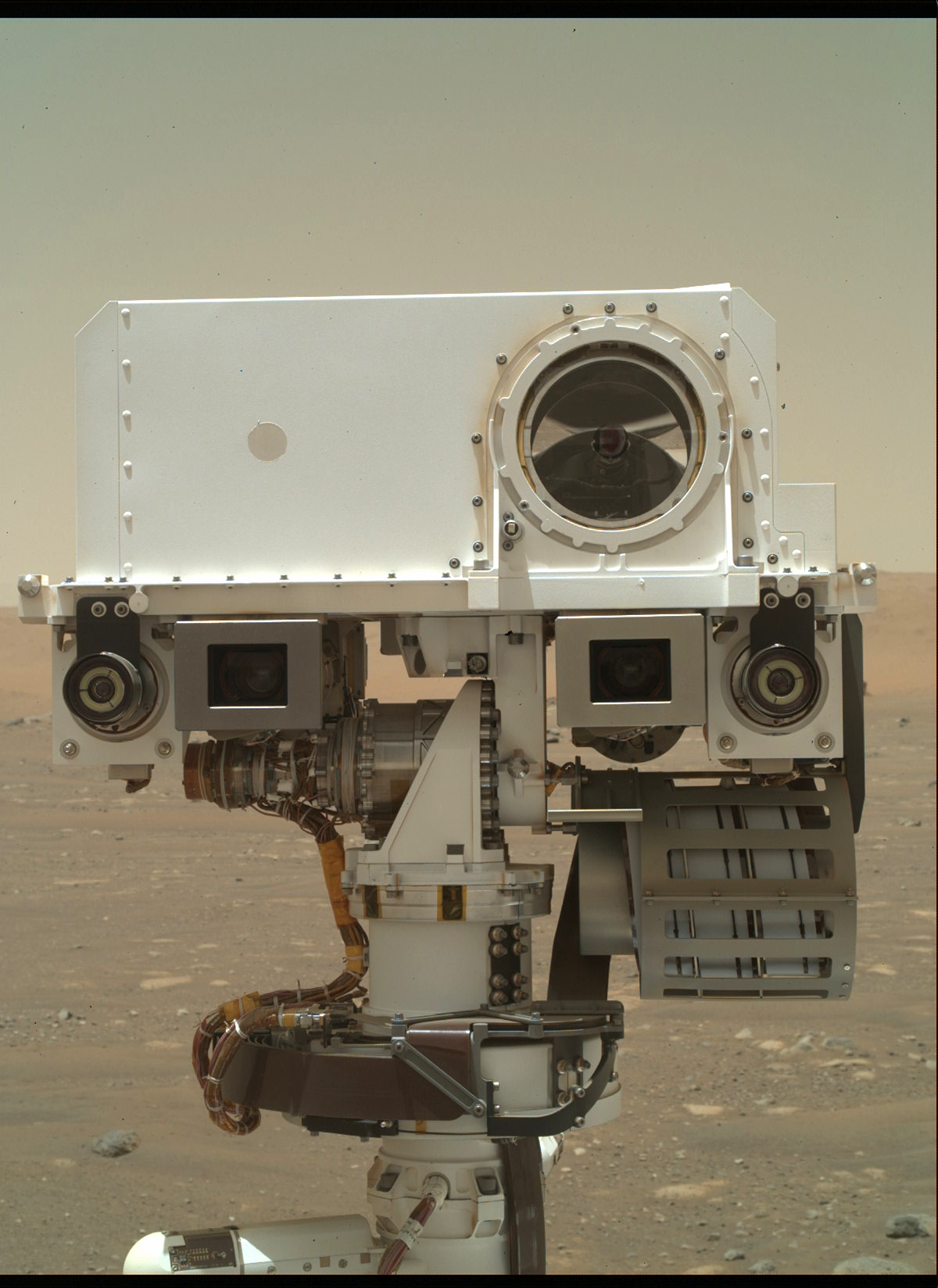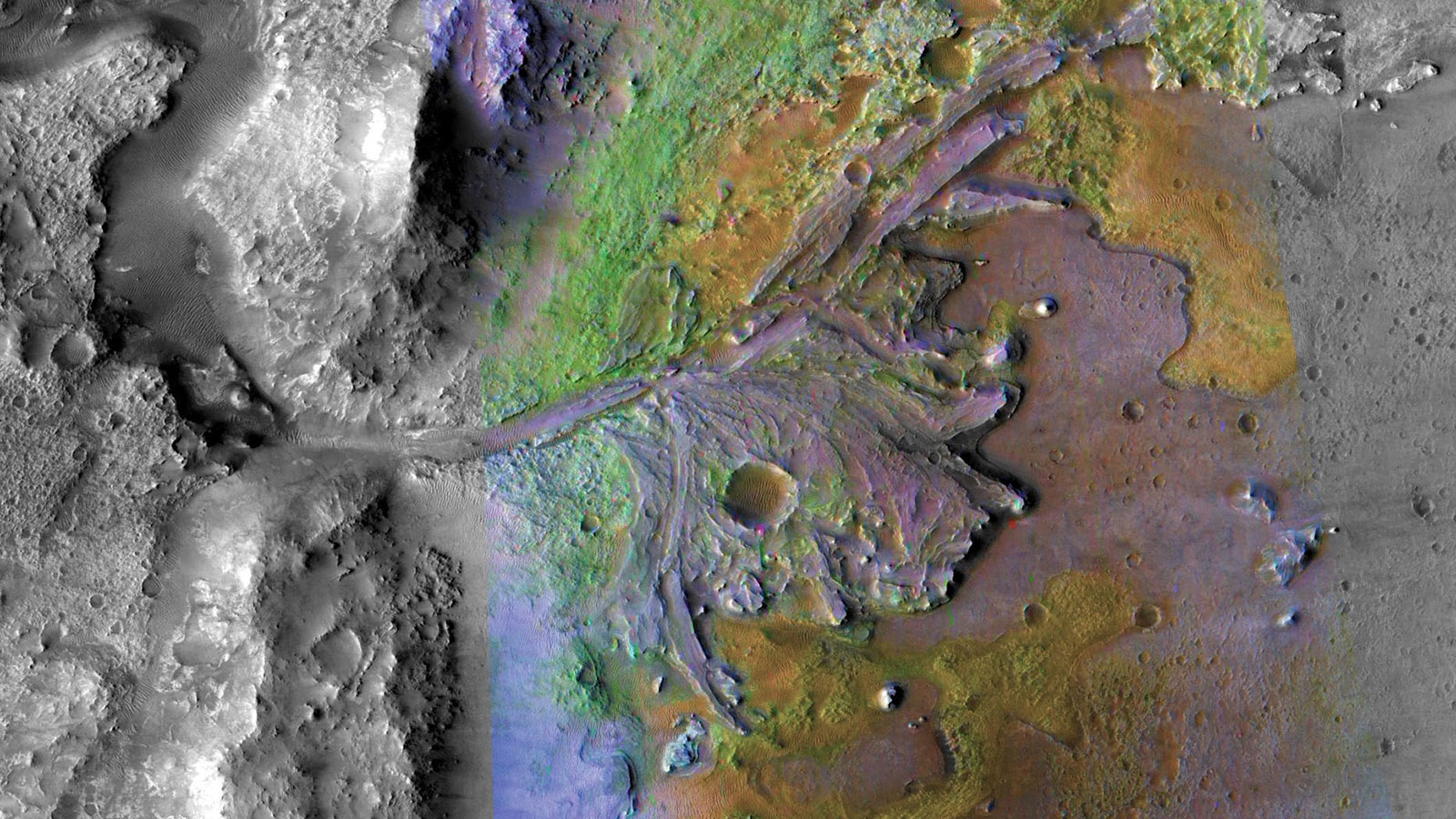
Smoke from fires in eastern Siberia is filling the skies. So much smoke is pouring out of these wildfires that the smoke is obliterating the sun from shining through. The amount of smoke spewing from these wildfires is extremely dangerous–even more so than researchers originally thought a NASA funded study, published in June 2017 in Journal of Geophysical Research: Atmospheres, has shown.
Naturally burning timber and brush from wildfires release dangerous particles into the air at a rate three times as high as levels known by the EPA, researchers at Georgia Tech found. Scientists sampled air quality by flying planes directly into thick plumes from three major wildfires, including the 2013 Rim Fire, the largest wildfire in the Sierra Nevada. Previous EPA data was based on plume samples from controlled burns. Greg Huey is the study’s lead author.
“Under the conditions of the prescribed fires, it seems like you can get a smaller impact on air quality, So I think an extrapolation is that if you had more prescribed burning you might prevent some wildfires and in the process of doing that you would also probably help air quality issues,” Huey says.
The study also found wildfires spew methanol, benzene, ozone and other noxious chemicals.
This area of eastern Siberia is not overly populated, but residents in the area should take heed and precautions while this amount of smoke is being released from these fires. Also, smoke travels and wind patterns tend to blow the smoke a very long distance over areas that are highly populated. Residents should be aware of their current air quality and take precautions as necessary.
NASA’s Terra satellite collected this natural-color image with the Moderate Resolution Imaging Spectroradiometer, MODIS, instrument on August 08, 2017. Actively burning areas, detected by MODIS’s thermal bands, are outlined in red. NASA image courtesy Jeff Schmaltz LANCE/EOSDIS MODIS Rapid Response Team, GSFC. Caption by Lynn Jenner























